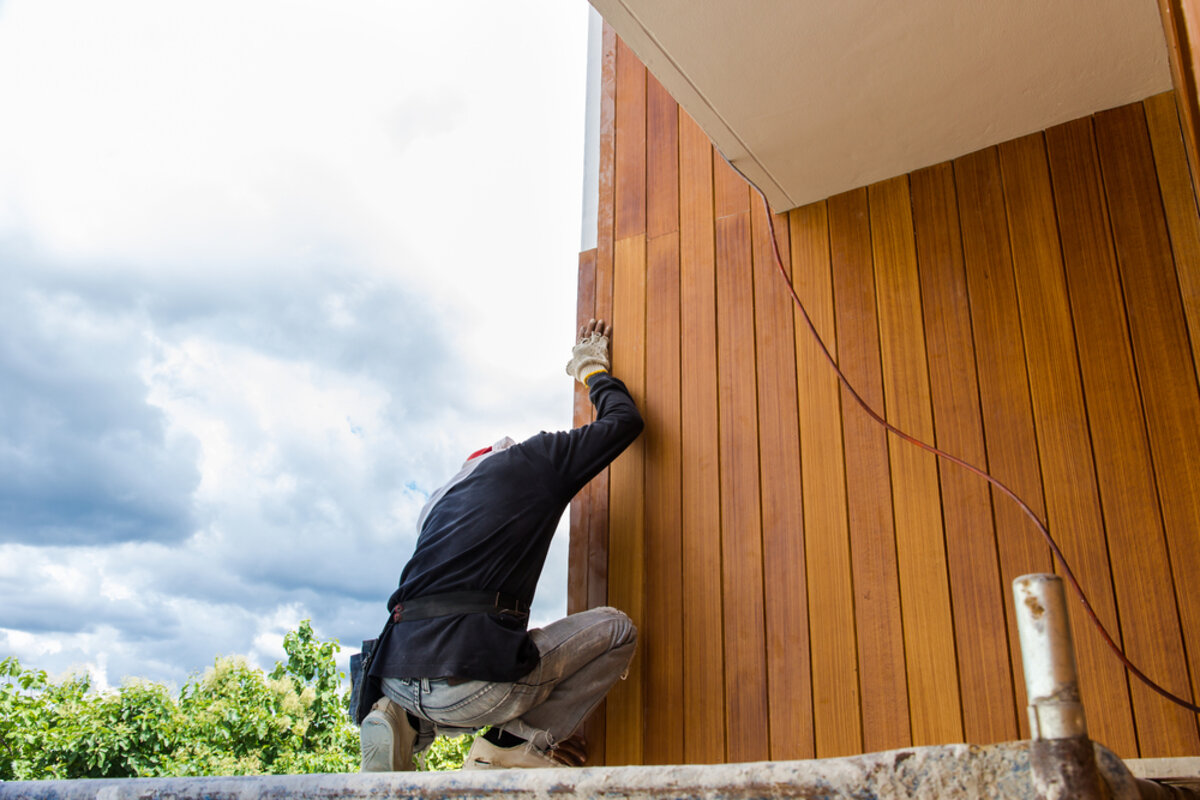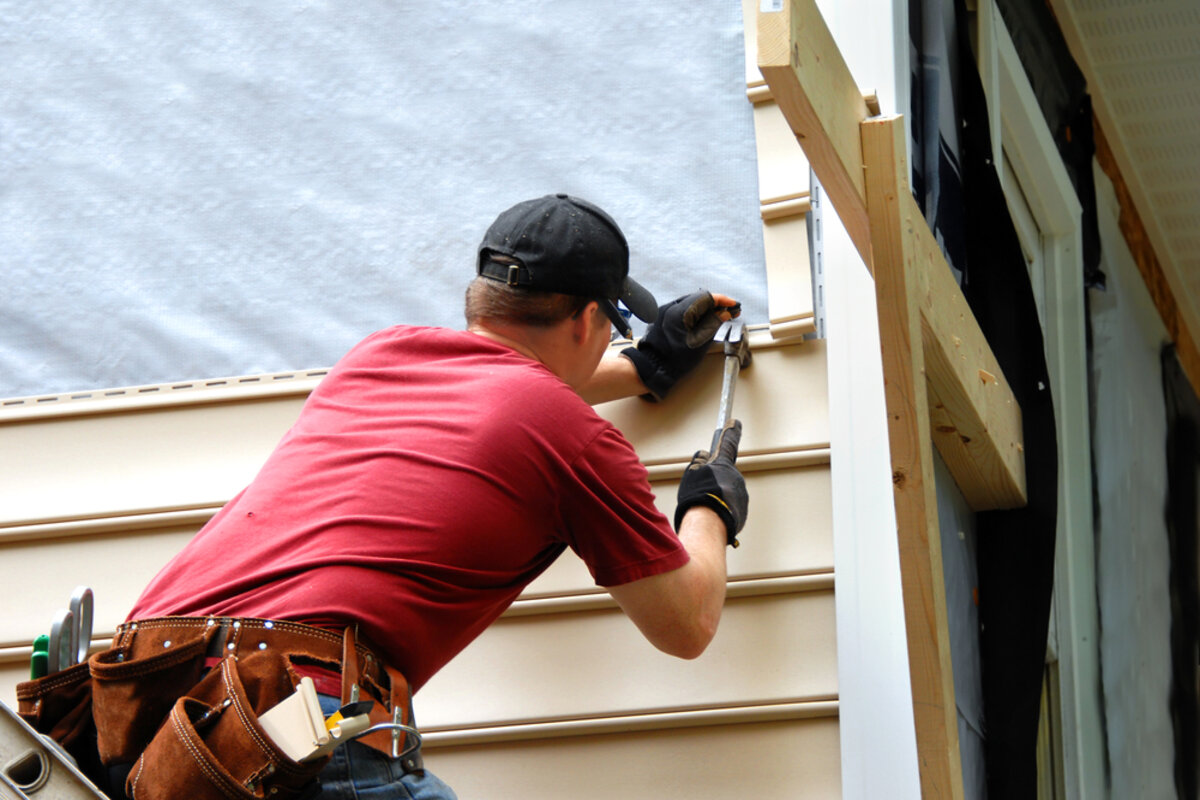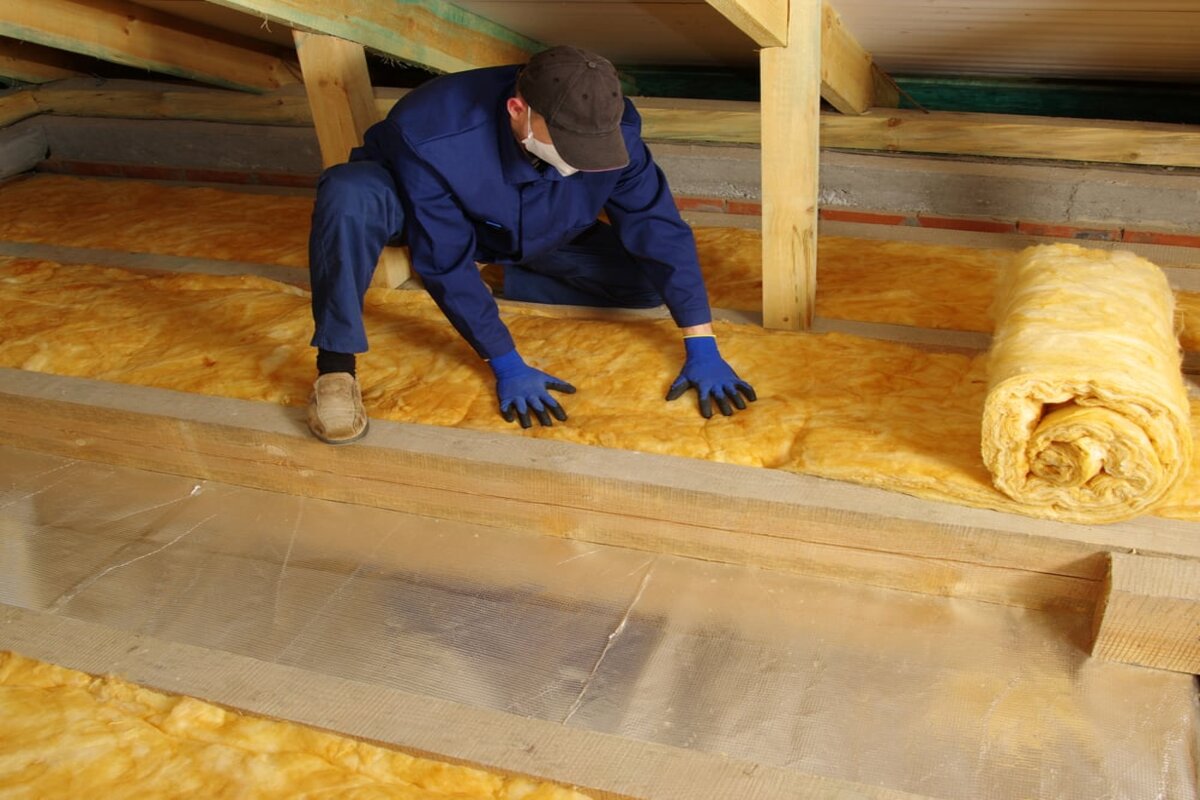New Asphalt Shingle Roof!
Getting a brand-new asphalt shingle roof is a big investment for any homeowner. Like any other big investment, maintenance is key.
It’s a homeowner’s job to protect his or her investment by conducting thorough, careful maintenance on the roof on a regular basis. This can help ensure it’s being properly protected.
If you’re a homeowner, this list will guide you on what to expect when you hire a professional to come to perform routine maintenance on your roof.
What to expect from your new asphalt roof.
Asphalt is one of the most popular materials used in residential roofing. In fact, statistics suggest four out of every five U.S. homes use asphalt shingles. Why? They look good, they’re easy to accommodate on different building styles, and they hold up well against the elements. (Top-rated asphalt shingles)
What causes damage to a roof?
The average roof takes a lot of abuse over its lifetime – often more than other areas of the house. Some common examples include:
- Exposure to the elements (sunlight, wind, rain, hail, snow)
- Biological growth (blue-algae, tree or plant debris)
- Poor installation technique
- Inconsistent maintenance or repairs
- Change in building use (leading to increased humidity or imbalanced ventilation)
(Source: Roofing Canada).
Why maintain a roof?
Even if there are no outward signs of obvious damage, every homeowner should ensure a professional regularly inspects and performs maintenance, Maintenance is an investment that may pay major returns down the road.
Four Steps to Regular Roof Maintenance:
A roofer can help a homeowner properly maintain his or her asphalt shingled roof by completing four basic steps twice a year – plus after major storms (including ice, hail, snow, or rainstorms; or other major weather events such as tornadoes and hurricanes).
Follow this roofing maintenance checklist
It’s important to also remind homeowners to always contact a licensed local roofing contractor to help conduct both the inspection and repairs of their roof.
1. Housekeeping
An important part of roof maintenance is the routine cleaning, clearing, and tidying of the roof and its related systems.
Pay attention not only to roof shingles and flashing but other key components, such as eavestroughs, downspouts, installations (such as skylights, vents, chimneys, solar panels), and ventilation.
Here’s what we recommend:
Working from the ground, homeowners where possible regularly clear debris from the roof, including leaves, branches, and other items that may be cluttering the surface. Your roofer may use a leaf blower to do this, being sure to blow the air down the roof (so he’s not blowing debris up and underneath the shingles).
To reduce the amount of debris that gathers, cut away vegetation that may be hanging over the roof. Hire a contractor to cut away difficult or hard-to-reach areas.
Use a trowel to dig out leaves and organic matter from the gutters. This will help ensure water can drain cleanly through to the downspouts.
Homeowners may consider installing eavestrough protectors, which are metal meshed grates that prevent the buildup of debris and make cleanup easier. (recommend gutter guards)
Ensure the downspouts are clear and flowing well so that water can drain properly from the roof and away from the home (and not leak or drip down the sides of the house). A homeowner can do this by taking notes of any leaks or drips that occur during or right after a rainstorm and reporting those to his contractor during inspection time.
2. Roof Inspection
Once the roof has been cleared, the roofer should inspect it for any potential problems or red flags that could spell trouble down the road.
He should complete this inspection twice annually (we recommend spring and fall). This will give him the opportunity to make note of anything suspicious, as well as complete small fixes or minor repairs before they turn into big issues.
Also, check for any evidence the ventilation system (intake or exhaust) is malfunctioning or may need maintenance or cleaning. (Some obvious hints may be condensation inside the attic or ice dams.)
3. Repair
A trained contract roofer should immediately complete asphalt shingle roof repairs to maintain the integrity of the roof’s materials and related systems (such as drainage and ventilation). Small fixes done properly can help prevent larger problems, or more major repairs, over time. He may:
Replace or repair missing, broken or buckled shingles: A roofer may use roofing cement and/or nails to repair shingles that have become cracked or loose. He may also replace any shingles that have broken free or blown away.
Replace Or Install Valley Flashing
A roofer may also consider replacing the existing valley flashing it if it has become corroded, cracked, or is no longer holding in place – thereby threatening its waterproofing properties.
Replace Other Flashing
Your roofer may use roofing cement and nails to replace metal flashing around chimneys, roof vents, or other installations if the flashing has become loose or rotten. If installing the flashing against brick, it’s advised to use copper or galvanized steel, because the lime in brick mortar may corrode aluminum. (Source: Black & Decker The Complete Guide to Roofing Siding & Trim: Updated 2nd Edition).
Repair Gutters Or Downspouts
Your roofer may use gutter caulking, a gutter patching kit, or roofing cement and patches to repair leaky or corroded sections of the eavestroughs or downspouts. If they are sagging, he will use a level to determine proper pitch and rehang them so they drain properly.
4. Record-keeping
It’s recommended that owners often work with a local roofing company to maintain a formal record of roofing inspection and repair. This is an important aspect of maintenance and data collection, which helps support strong occupational health and safety practices.
Keep A Log
A roofer should make a note of any potential problems he sees during a roof inspection (such as rust appearing on flashing, or a single popped nail). If it’s not a concern today, the roofer should check in on it during his next inspection and make a note if it’s getting worse. He may consider whether it’s time to make repairs or replacements if he notices consistent or major changes. The roofer should also make a log of any repairs he completes. This will help remind both the roofer and the homeowner down the road what sections or materials are newer than others. (After four or five years, it may be difficult to recall strictly from memory!) This will also help create a roof history for the homeowners, other roofing contractors they may hire down the road, or even for future homeowners who may want to see what work has been completed over the years to maintain the roof.
Take Photos
If it’s safe to do so, a roofer should take photos of the roof and its drainage systems. (Or, ask a colleague to safely assist.) These can give the roofer and the homeowner a baseline record against which to measure if a small problem appears to be getting worse. Or, if the roofer spots a change in the roof and isn’t sure what it means, he can email the photo to a fellow roofer to see if they think it warrants a repair.
A Healthy Roof Leads To A Well-Protected Home
If you’re a homeowner looking to maintain the life of your residential roof system, the benefits of regular inspection and repair, committing to a consistent schedule is like a well-constructed roof — well worth the investment.







